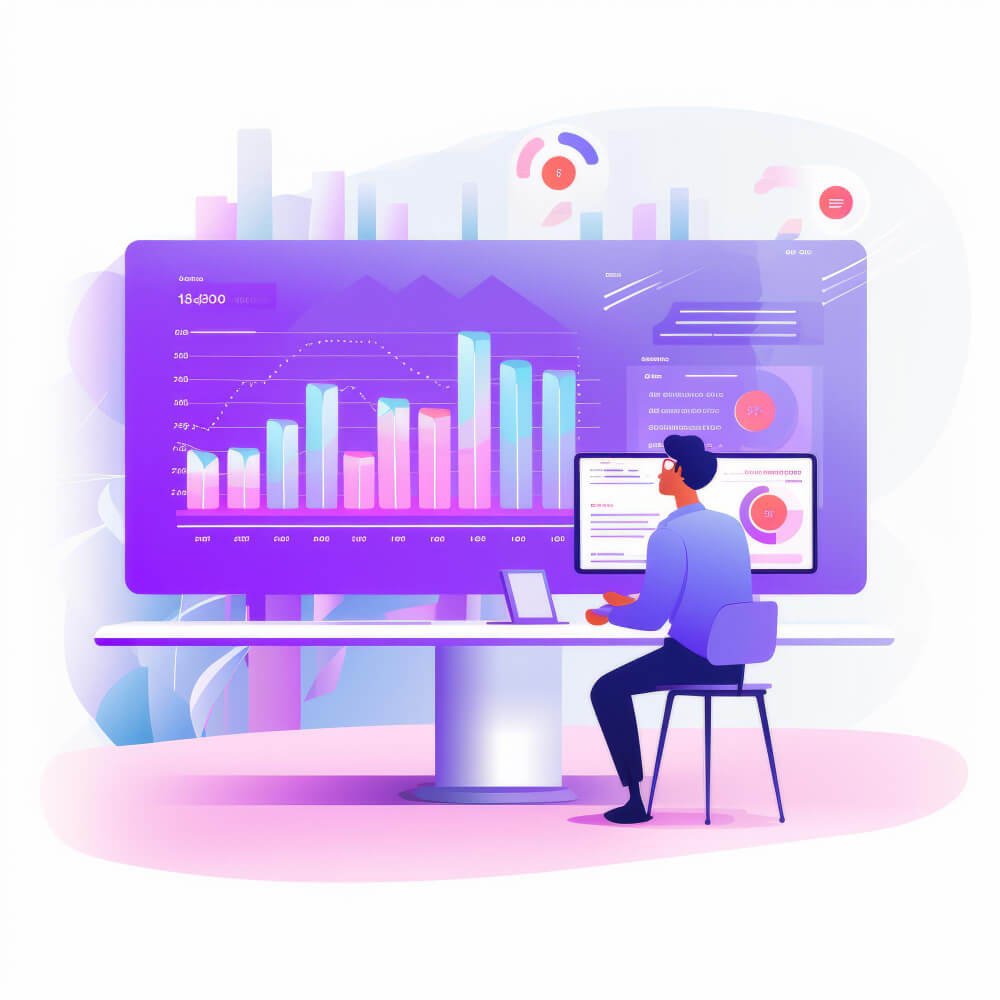In today’s data-driven world, the ability to harness data analytics techniques effectively is increasingly crucial for businesses to thrive. From understanding customer preferences to optimizing operational efficiencies, data analytics plays a pivotal role in decision-making processes across industries.
Why Data Analytics Matters
Data analytics involves the process of examining large datasets to uncover patterns, correlations, and trends that can inform strategic decision-making. By analyzing data effectively, businesses gain valuable insights into customer behavior, operational efficiency, market trends, and more. This not only enhances decision-making but also drives innovation and competitive advantage.
Key Techniques in Data Analytics
1. Data Collection and Cleaning
Effective data analysis begins with collecting relevant data from diverse sources, including databases, APIs, and IoT devices. However, raw data often contains errors, duplicates, or inconsistencies. Data cleaning techniques, such as data deduplication, normalization, and error correction, ensure that data is accurate and reliable for analysis.
2. Descriptive Analytics
Descriptive analytics involves summarizing historical data to gain insights into past performance and trends. Techniques such as data aggregation, summarization, and visualization tools like charts, graphs, and dashboards help stakeholders understand the current state of affairs. For example, e-commerce businesses use descriptive analytics to track sales trends over time and identify peak purchasing periods.
3. Diagnostic Analytics
While descriptive analytics explains what happened in the past, diagnostic analytics focuses on understanding why specific events occurred. It involves deeper exploration and analysis of data to uncover root causes, correlations, or anomalies that influenced outcomes. For instance, a healthcare provider might use diagnostic analytics to investigate factors contributing to patient readmissions.
4. Predictive Analytics
Predictive analytics leverages statistical algorithms and machine learning techniques to forecast future trends and behaviors based on historical data. By identifying patterns and relationships within data, predictive models enable businesses to anticipate customer preferences, market demand, and potential risks. For example, financial institutions use predictive analytics to assess credit risk and predict loan default probabilities.
5. Prescriptive Analytics
The most advanced form of data analytics, prescriptive not only predicts future outcomes but also recommends actions to achieve desired results. It goes beyond descriptive and predictive analytics by providing decision-makers with actionable insights and strategies. For instance, supply chain managers use prescriptive analytics to optimize inventory levels, minimize costs, and improve delivery efficiency.
Tools and Technologies
1. Programming Languages
Python, R, and SQL are widely used for data manipulation, statistical analysis, and database querying. Python’s versatility and extensive libraries make it ideal for machine learning and data visualization tasks.
2. Data Visualization Tools
Platforms like Tableau, Power BI, and Google Data Studio enable analysts to create interactive visualizations and reports. These tools facilitate data exploration, presentation, and storytelling, making complex information more accessible and understandable to stakeholders.
3. Machine Learning Frameworks
Tensor Flow, Sickie-learn, and Porch are popular frameworks for developing and deploying machine learning models. These frameworks provide algorithms and tools for tasks such as classification, regression, clustering, and natural language processing, empowering businesses to leverage machine learning for predictive analytics.
The Path to Mastery: Certification in Data Analytics
To validate your expertise and enhance your career prospects in data analytics, consider pursuing a certification. A certification not only demonstrates your proficiency in data analytics techniques but also signifies your commitment to professional development and continuous learning. Accredited certification programs cover essential topics such as data analysis, statistical methods, machine learning, and data visualization, equipping you with practical skills and industry-recognized credentials.
Explore certification options and take the first step towards mastering data analytics. Click here to discover certification programs tailored to your career goals and aspirations.
Conclusion
Mastering data analytics techniques is essential for leveraging data as a strategic asset in today’s competitive landscape. By understanding and applying key techniques, utilizing advanced tools and technologies, and pursuing relevant certifications, professionals can unlock valuable insights, drive informed decision-making, and propel organizational success. Whether you’re analyzing customer behavior, optimizing operational processes, or predicting market trends, data analytics empowers you to turn data into actionable intelligence and achieve sustainable growth.
Start your journey towards mastering data analytics today and transform data into a powerful tool for success.


